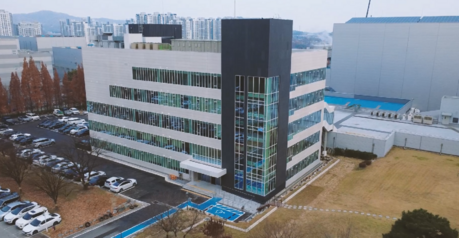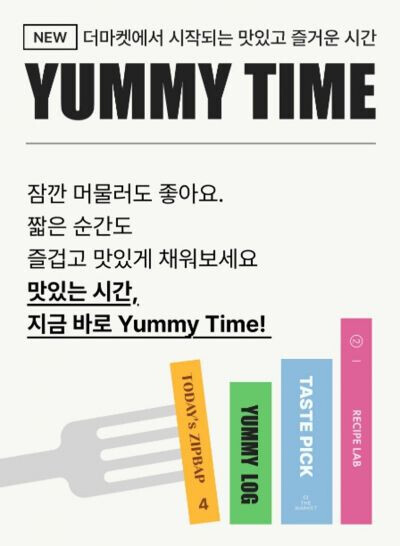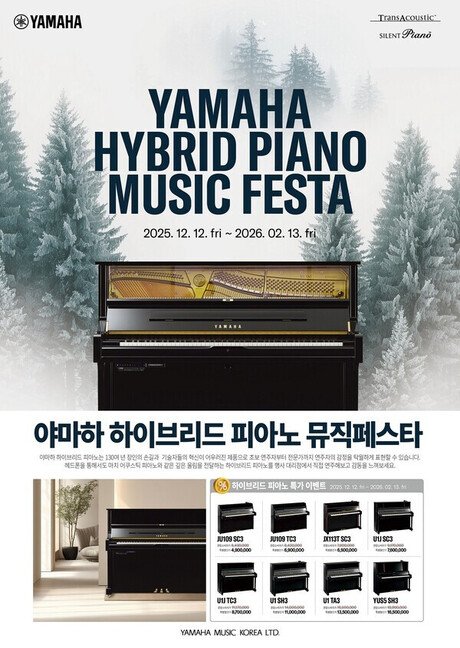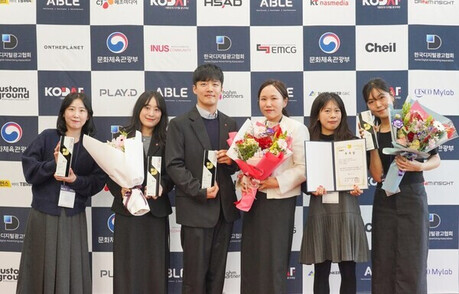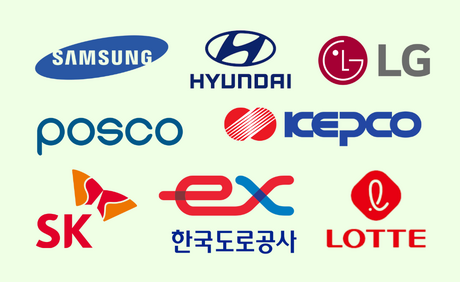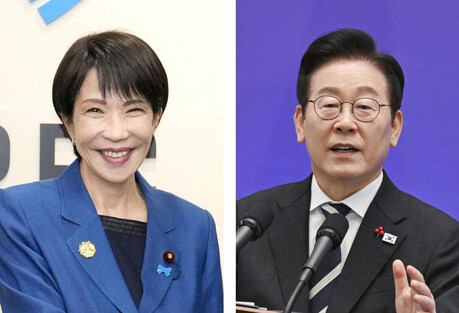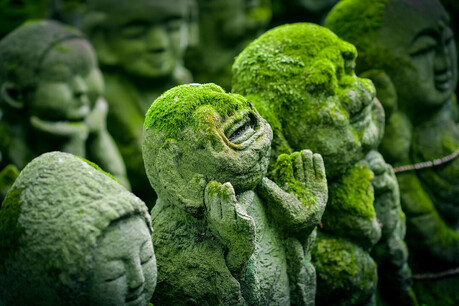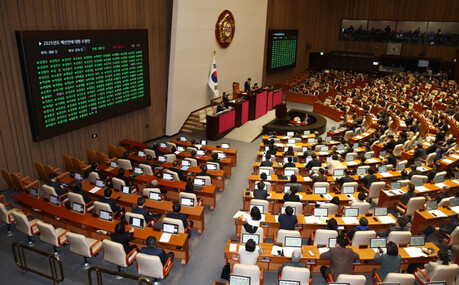
GIMHAE, South Korea – Gimhae City is witnessing a significant transformation in its urban landscape and economy, driven by a burgeoning multicultural population. The city, already recognized as a "multicultural city" due to its substantial foreign resident demographic, is now experiencing the robust expansion of commercial districts catering to this diverse community. This growth necessitates a proactive approach to establish a 'community coexistence model' to ensure harmonious integration and sustained economic vitality.
Demographic Shift Fuels Economic Growth
According to data from Gimhae City Hall, the average annual growth rate of the foreign population in Gimhae since 2020 has been a remarkable 9%. As of April, the city boasts 31,114 foreign residents and an additional 5,335 foreign-national compatriots, together accounting for approximately 6.4% of the total population of around 563,000. This figure comfortably surpasses the 5% threshold typically used to define a multicultural city, underscoring Gimhae's evolving demographic makeup.
This demographic shift is directly translating into a vibrant 'multicultural economy.' The number of foreign self-employed individuals and freelancers has surged. In 2020, "non-wage workers" among foreigners numbered 128, with "those combining wage and non-wage work" at 123. By 2021, these figures rose to 185 and 148, respectively. The "2024 Gimhae City Multicultural and Foreign Household Statistics" reported a substantial leap to 1,369 foreign self-employed individuals (including freelancers) in 2022. Although the city adopted a different statistical methodology, it's evident that the number of foreign entrepreneurs has significantly increased. This represented roughly 6% of the 22,936 foreign residents in 2022.
Projecting forward, even with conservative estimates assuming a steady increase since 2022, the proportion of foreign self-employed individuals among the current foreign population of 31,114 is estimated to be at least 6.5%. This translates to over 2,000 foreign self-employed individuals and freelancers currently operating within Gimhae. This substantial entrepreneurial presence forms a critical pillar of the local economy, injecting dynamism and diversifying commercial offerings.
Expanding Commercial Frontiers: Beyond Dongsandong
The growth of multicultural entrepreneurship has naturally led to the expansion of dedicated commercial districts. Dongsandong, an area already established as a multicultural hub, has seen a gradual increase in multicultural establishments since 2015. Within a 200-meter radius around its traditional market, over 100 shops have emerged, offering a diverse range of services including supermarkets, mobile phone stores, restaurants, clothing shops, pubs, and other service-oriented businesses. Furthermore, specialized administrative support offices catering to foreigners are also increasingly being established.
Beyond Dongsandong, Gimhae's multicultural commercial landscape continues to advance. Recently, Jangyu has seen the emergence of Chinese supermarkets, while Eobang-dong and Sambang-dong are witnessing the establishment of exotic restaurants and general stores, signaling a broader geographical expansion.
A prime example of these emerging multicultural commercial zones is the area around Oedong Elementary School. In just a few years, a significant increase in the foreign population in this vicinity has led to the formation of an 'Oedong foreign commercial district,' following the precedent set by Dongsandong. Currently, approximately 10 foreign-owned businesses are concentrated within a 100-meter radius of Oedong Elementary School, primarily consisting of restaurants and supermarkets.
Challenges and Opportunities in Emerging Zones
Mr. A, a local real estate agent, corroborates this trend, stating, "Four to five out of every ten studio apartments here are occupied by foreigners, and inquiries for residency are steadily increasing." He adds, "Since 2022, various multicultural shops have been consistently established, replacing existing Korean businesses."
The Oedong multicultural commercial district is currently in its nascent stages. Businesses are predominantly restaurants and supermarkets, with owners primarily from Vietnam and Thailand. Mr. B, who operates a Thai grocery store in the area, notes, "Most foreigners living nearby are likely Vietnamese and Thai. Shops were established based on demand, but lately, I'm seeing many Chinese and Middle Eastern individuals. In the future, I expect more shops catering to them, similar to Dongsandong." Real estate agent A observes, "Foreign self-employed individuals are consistently inquiring about opening businesses. As foreigners who previously resided in Dongsandong extend their residency to Oedong, related commercial districts are naturally forming here."
This expansion signifies Gimhae's evolution from merely a 'multicultural city' to one characterized by 'substantive multicultural settlement' and 'multicultural economic activity.' The increasing number of foreign self-employed individuals and the widening scope of commercial districts are poised to diversify the local economy and foster a rich tapestry of commercial culture.
The Imperative for a Community Coexistence Model
This burgeoning multicultural economic activity necessitates comprehensive institutional support. There is a pressing need for administrative assistance to facilitate the settlement of foreign entrepreneurs and the formation of commercial districts. This includes addressing language barriers, streamlining permit and licensing procedures, and providing clear guidelines for business operations.
For nascent commercial zones like Oedong, establishing crucial infrastructure is paramount for future development. This includes measures to stabilize rental costs, effective commercial district management, and mechanisms for resolving disputes and fostering harmony between existing domestic businesses and emerging multicultural establishments.
Mr. C, a multicultural researcher at Inje University, analyzes the current situation: "Gimhae's regional economy is, to some extent, being sustained by the rise of multicultural commercial districts, especially amidst a sluggish domestic commercial sector." He emphasizes, "Given that the Oedong commercial district is likely to experience significant growth within the next decade, it is imperative to propose a 'community coexistence model' to manage this expansion effectively."
This model should encompass strategies for inclusive urban planning, cultural sensitivity training for both local residents and foreign newcomers, and the creation of platforms for inter-community dialogue. Proactive measures will be crucial in ensuring that Gimhae's multicultural economic boom leads to sustainable growth and a truly harmonious society for all its residents.
[Copyright (c) Global Economic Times. All Rights Reserved.]
















